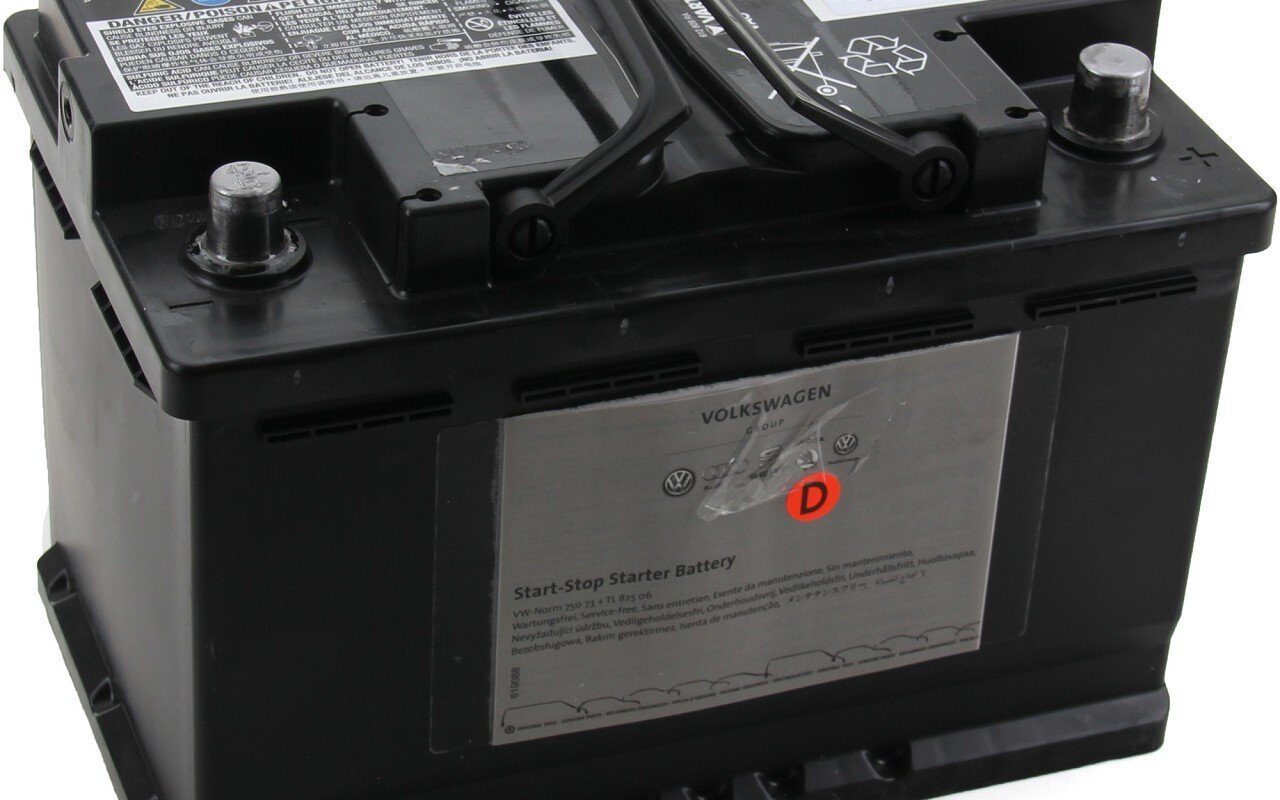History and Working Principle
The lead acid battery was invented in 1859 by French physicist Gaston Planté and was immediately recognized for its ability to deliver a steady current for extended periods. It was one of the earliest rechargeable batteries ever developed. Planté’s original design consisted of two lead sheets separated by rubber strips and immersed in sulfuric acid. During discharge, a chemical reaction occurs where lead sulfate forms on the lead plates while electrons flow through the external circuit to provide power. When charging, the applied voltage causes the lead sulfate to decompose back into lead and sulfuric acid.
This basic design principle remains the same today. A modern lead acid battery consists of lead plates (lead oxide covered lead) acting as the positive and negative electrodes which are immersed in an electrolyte of diluted sulfuric acid. During discharge and charge, lead and lead dioxide convert back and forth through reduction-oxidation reactions while sulfate ions flow between the electrodes. Multiple positive and negative electrode plates are interlaced and housed together with insulating separators in hard plastic cases. This generates voltages from 2V for small batteries up to 12V in automotive batteries through series connections.
Applications
Some key applications of lead acid batteries include:
Automotive Starting, Lighting and Ignition (SLI) – Over 90% of all lead acid batteries produced globally go towards starting vehicles. Their high current capability makes them ideally suited for automotive starting demands.
Uninterruptible Power Supplies (UPS) – VRLA or Vented Lead Acid batteries provide backup power for systems, data centers, traffic control, telecommunication towers and more during utility power outages.
Motive Power – Batteries for forklifts, golf carts, wheelchairs and other electric transport vehicles rely on deep cycle lead acid designs.
Energy Storage – At the grid-scale, lead acid batteries are used for load levelling, peak shaving and renewable energy time-shifting applications with their ability to tolerate partial state of charge operation.
Off-Grid Power Systems – Standalone power systems, solar home systems, telecom towers heavily depend on lead acid battery banks for energy storage where the grid is unavailable.
Advantages
Some key benefits of lead acid batteries include:
Cost-Effective – Lead Acid Battery have the lowest initial costs per unit of energy capacity compared to other battery technologies. Their affordable prices make them an attractive option.
Reliability – Over a century of continuous refinement has made these batteries extremely robust and durable. With proper maintenance, they can easily last 3-5 years.
Recyclable – Almost all lead from spent batteries is recovered and reused. Close to 99% of lead acid batteries are currently recycled at end-of-life.
Wide Temperature Tolerance – Being liquid electrolyte systems, lead acid batteries can operate safely between -40°C to 50°C, wider than most alternatives.
Established Supply Chain – Strong global manufacturing infrastructure ensures worldwide availability with well-established logistics networks.
Simple Chemistry – Their straightforward electrochemical process ensures high reliability with no complex material combinations required.
Limitations and Advancements
While lead acid batteries have proven their value, they also have some shortcomings being addressed through ongoing advancements:
– Lower specific energy and energy density compared to newer alternatives like lithium-ion limits their application in consumer devices requiring small, lightweight powerpacks. Additional plates and recent innovations like carbon additives help boost per-unit capacity.
– Self-discharge of up to 5% per month when stationary requires maintenance charging. Advanced Absorbent Glass Mat (AGM) and Gel designs reduce this.
– Sulfation occurs if allowed to fully discharge, damaging performance which newer designs try mitigating through voltage control circuitry.
– Lead and acid toxicity demands careful handling and disposal per environmental regulations which closed loop recycling now satisfies remarkably well.
– Ongoing research into carbon additives, membrane separators, and alloy designs aims to improve cycle life, charge acceptance and power capabilities for evolving transport and stationary storage needs.
*Note:
1. Source: Coherent Market Insights, Public sources, Desk research
2. We have leveraged AI tools to mine information and compile it




